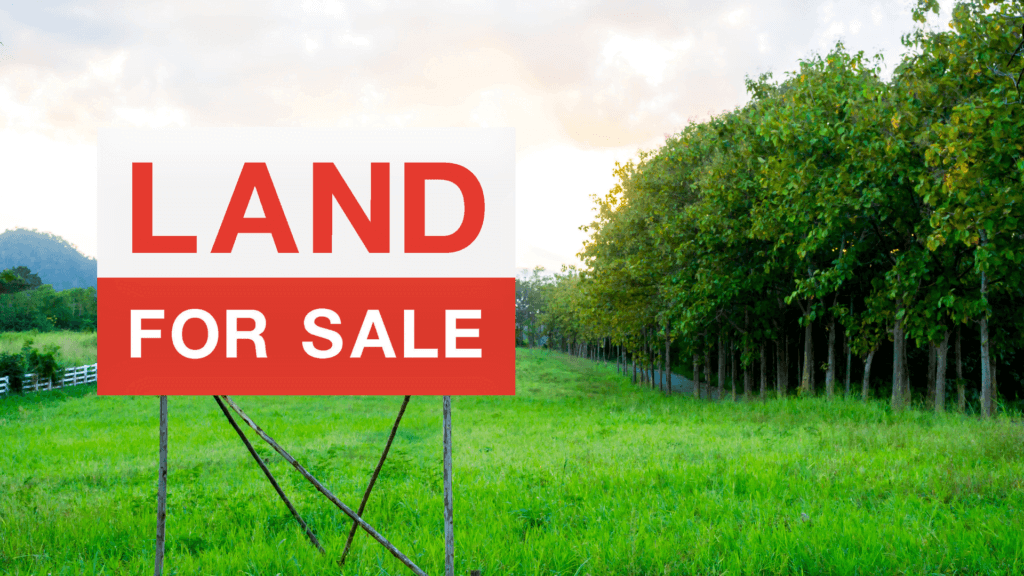The U.S. Department of Agriculture (USDA) home loans, also known as Rural Development or RD loans, offer 100% financing, low-interest rates, and affordable payments. Additionally, their guarantee fee, which serves as the USDA’s approach to mortgage insurance, can be significantly cheaper than conventional mortgages. USDA loans also have flexible credit standards that can make it easier to qualify. These loans were initially devised to accelerate the economic development of less-dense areas in the United States.
With a USDA construction loan, potential homeowners can both finance the land, build a home, and obtain their long-term mortgage – essentially rolling all three loans into one. However, some restrictions do apply.
The newly constructed home must be the primary residence, and the types of homes eligible to be built are limited to single-family, manufactured and modular homes, and eligible condominiums.
The biggest factor in USDA Loan Eligibility is that it is location-based. Buyers must use the loan within certain geographical boundaries as published on the USDA’s eligibility maps.
For the land to be a USDA-approved location, the areas may be “rural in character.” But many small towns and suburbs also qualify. Though buyers in large cities and densely populated suburbs are typically not eligible for these loans, many living in the surrounding areas are. Borrowers don’t have to live in the country or purchase rural land to qualify, and more often than not, USDA-eligible areas are available within 30 minutes of their workplace.
According to the https://ruralhome.org/ Housing Assistance Council, 97% of U.S. land is located within USDA-eligible boundaries. Those areas comprise nearly one-third of the country’s entire population.
“Rural” is determined by the USDA by factoring in a community’s overall population, proximity to a major metropolitan statistical area (MSA), and overall access to mortgage credit in the area.
Therefore, rural areas fall into one of three categories:
- The area must have no more than 10,000 residents.
- If the area has 10,001 to 20,000 residents, it cannot be located in an MSA along with a lack of mortgage credit for low- and moderate-income families.
- If the area has 20,001 to 35,000 residents, it must have been considered rural at one point and have a lack of mortgage credit in the area.
The easiest way to see if an area is eligible for a USDA Home Construction Loan is to make use of the USDA property eligibility map. Any land outside the shaded areas on the map is eligible.
These interactive eligibility maps allow for address lookup. Users can type in the property address into the tool and immediately find out if the property qualifies for USDA financing.
Users can also browse neighborhoods and cities.
Simply enter your address here to see if your address is eligible for a USDA home loan!
Choosing land in a designated rural area is the first step to qualifying for a USDA loan. As the loan is subsidized through the USDA, borrowers must demonstrate stable income and the ability to make payments without incident for at least 12 months based on assets, savings, and income. Additionally, the borrower must fall under the income threshold dictated by USDA for the area where the home will be located.
Other eligibility requirements include: a 640 minimum credit score, no bankruptcy in the last two years, and the USDA must approve the contractors.
HomeLander Mortgage will be there to help borrowers determine which type of USDA loan is appropriate to their budget, needs, and qualifications. Schedule a call to begin the process at www.homelandermortgage.com




